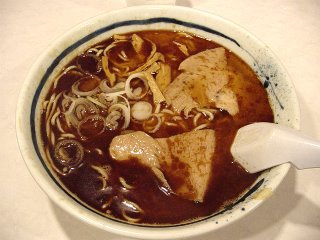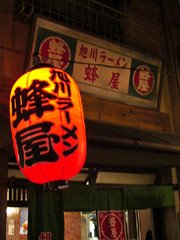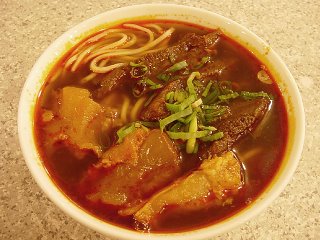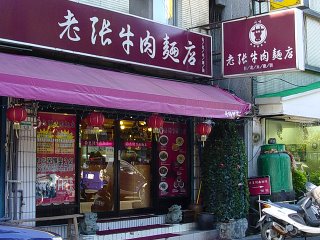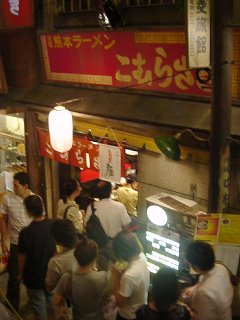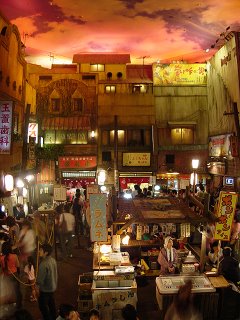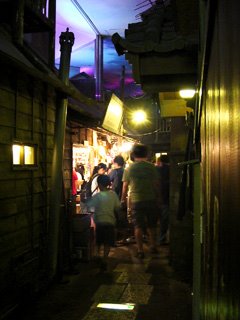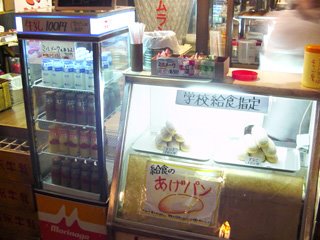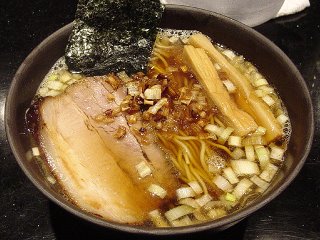★★ 坂内喜多方ラーメン (Ban-nai Kitakata ramen) - Tokyo
 Ban-nai is a major ramen chain store that focuses on Kitakata ramen. Kitakata ramen is famous for its thick and wide noodles, it is also one of the three major ramen of Japan, the other two being the Sapporo miso ramen and Hakata tonkotsu ramen. Having tried so many Sapporo and Hakata ramen already I thought it was about time I tried some Kitakata ramen. At Ban-nai I tried their regular 喜多方ラーメン (Kitakata ramen).
Ban-nai is a major ramen chain store that focuses on Kitakata ramen. Kitakata ramen is famous for its thick and wide noodles, it is also one of the three major ramen of Japan, the other two being the Sapporo miso ramen and Hakata tonkotsu ramen. Having tried so many Sapporo and Hakata ramen already I thought it was about time I tried some Kitakata ramen. At Ban-nai I tried their regular 喜多方ラーメン (Kitakata ramen).
The Soup - is a flavorful chicken and pork based soup that is simply seasoned with salt and some soy sauce. The soup is clear with just a few drops of oil. A light soup that was a nice departure from the heavy and oil ramen that has been so common in ramen in the Tokyo area.
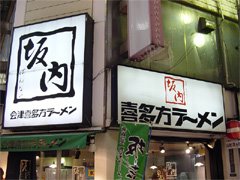
The Noodles - are thicker, flat and wide noodles. These ramen noodles are also curly and cooked slightly firm, the texture is slippery, springy and very chewy as well. I've always heard that Kitakata ramen's main attraction are the noodles, these noodles don't dissapoint, though I would've prefered the noodles cooked even more firm.
The Toppings - are five thin slices of cha-shu pork, some menma bamboo and sliced spring onions. All lightly seasoned. The cha-shu pork was thin but very tender and flavorful, not much special seasoning in the cha-shu, just the simple natural flavor of the pork.
Overall - I'd recommend you give Ban-nai a try if you are in the Tokyo area. A simple ramen flavor wise with noodles that are a joy to eat. To be honest I haven't tried that many Kitakata style ramen yet, though the noodles here are noticeably different from the thin noodles in most places in Tokyo. Hopefully I will some day travel to Kitakata and report on the authentic ramen from that area.

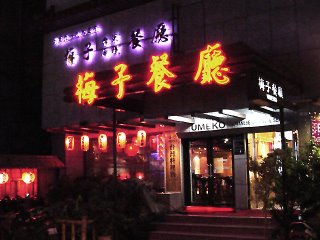
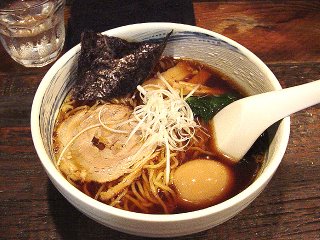

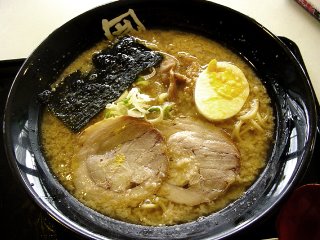

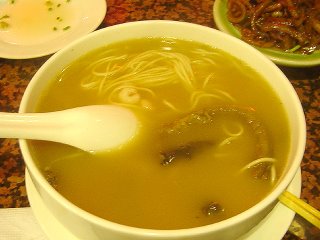
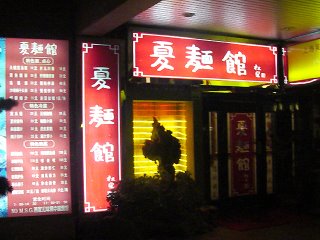
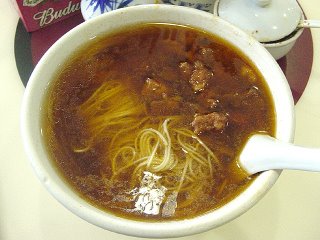
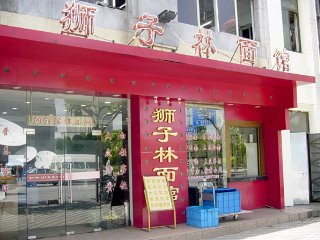
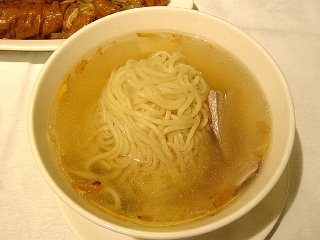
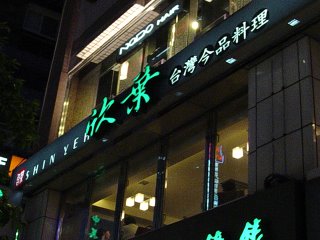







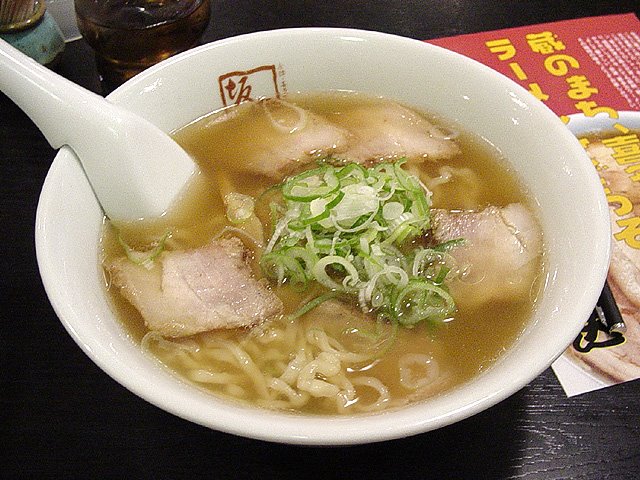 ★★ 坂内喜多方ラーメン (Ban-nai Kitakata ramen) - Tokyo
★★ 坂内喜多方ラーメン (Ban-nai Kitakata ramen) - Tokyo
